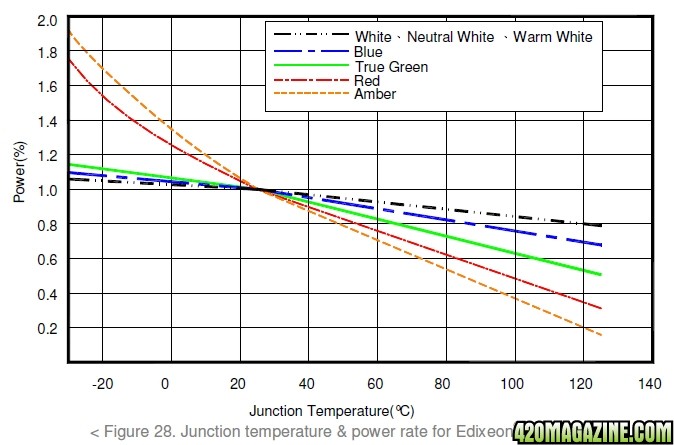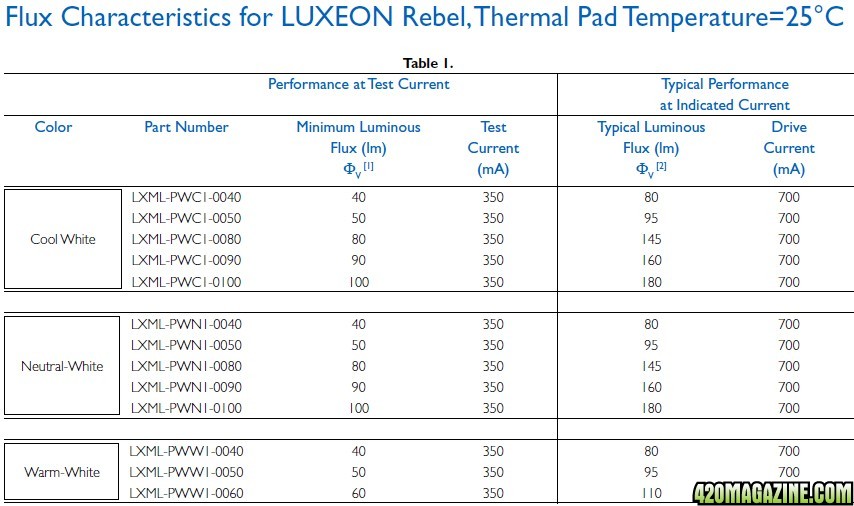Re: 420 Consumer Reports Competition - GrowLEDHydro 300w LED vs. 400w HID
You make a very good point, and not a little thought goes into doing a comparison like this one.
Should the technologies be tested in the manner that most end-users are going to implement them? I'm certain the ratio of HID light systems with external ballasts to those with internal ballasts would favor testing an external ballast in that case.
Should I match the temps in the tents by providing unequal levels of ventilation, or keep the ventilation equal and run somewhat different temps?
When you plan one of these things, the first thing you have to ask yourself is, "what are the goals of this comparison?"
For me, it's important that the information be useful and applicable, and so one of my primary goals is to use the technology (within the limitations of my garage) in the way I believe the *majority* of growers are going to use it.
I don't believe most growers are using internal ballast HID's, so it's important to me to use an external ballast, even though your point makes perfect scientific sense.
As a product tester, however, I think my focus needs to balance science and practicality, because my singular agenda is to provide the best info I can, that will be useful to as many people as possible.
hmm. well your doing all the work, so you get to choose.
I guess id just love to see a HID with internal ballast compared to a same wattage LED. So the heat produced by each can be part of the comparison.
But im not buying one of each to run the test anytime soon..so ill just shut up and learn.
You make a very good point, and not a little thought goes into doing a comparison like this one.
Should the technologies be tested in the manner that most end-users are going to implement them? I'm certain the ratio of HID light systems with external ballasts to those with internal ballasts would favor testing an external ballast in that case.
Should I match the temps in the tents by providing unequal levels of ventilation, or keep the ventilation equal and run somewhat different temps?
When you plan one of these things, the first thing you have to ask yourself is, "what are the goals of this comparison?"
For me, it's important that the information be useful and applicable, and so one of my primary goals is to use the technology (within the limitations of my garage) in the way I believe the *majority* of growers are going to use it.
I don't believe most growers are using internal ballast HID's, so it's important to me to use an external ballast, even though your point makes perfect scientific sense.
As a product tester, however, I think my focus needs to balance science and practicality, because my singular agenda is to provide the best info I can, that will be useful to as many people as possible.








 ), and you will have to do at least four things:
), and you will have to do at least four things:

 my brain is fried.. lol
my brain is fried.. lol for the info, +reps
for the info, +reps
